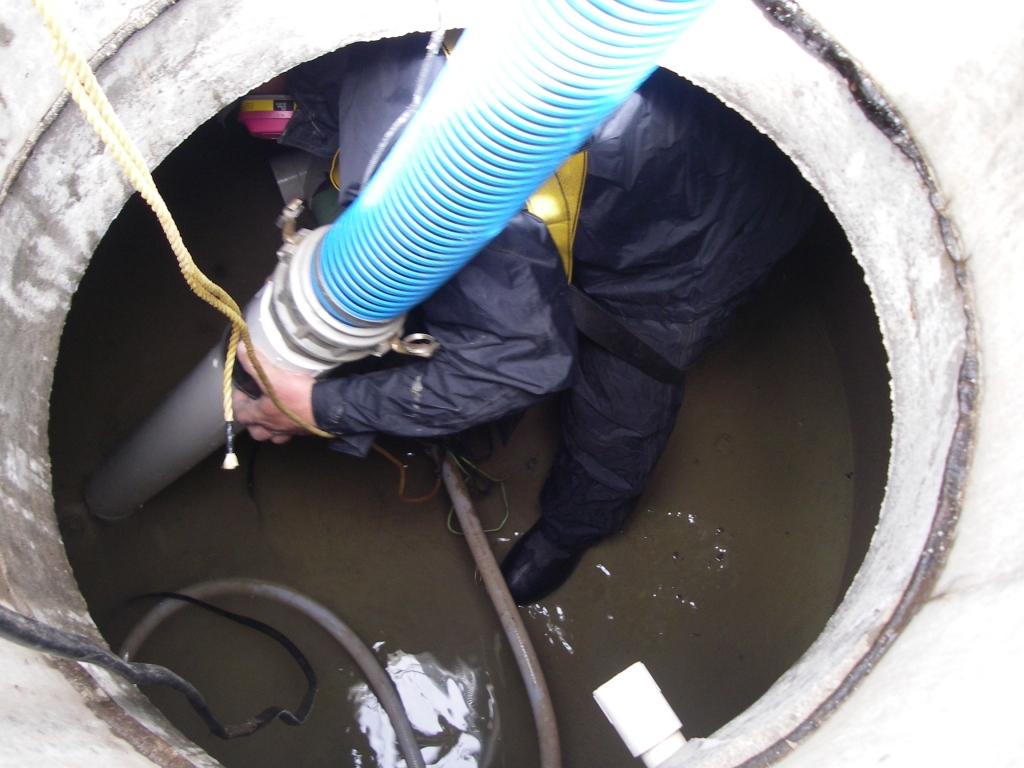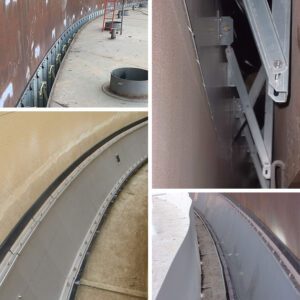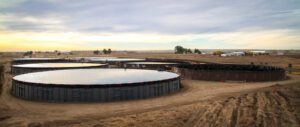One should clearly understand the importance of maintaining aboveground storage tank cleaning. These tanks are used to store various liquids such as crude oil, gasoline, and diesel fuel. Over time, sludge and other contaminants can accumulate in the tanks, which can lead to corrosion and other issues. In this article, we will see some tips for aboveground fuel storage tanks cleaning , the gadgets you can use, and some tricks to make the process easier.

How to Clean Aboveground Storage Tank
-
Preparation:
Before starting the aboveground storage tank cleaning process, gather all the necessary tools and safety equipment, such as gloves, goggles, and protective clothing. Make sure to switch off any connected power sources or systems to avoid accidents during the cleaning process.
-
Draining the tank:
Begin by draining the contents of the storage tank. You can accomplish this by attaching a hose to the drain outlet and directing it to a proper disposal area, or using a pump designed for handling the fluids stored in the tank.
-
Inspection:
Once emptied, inspect both the interior and exterior of the tank for any signs of damage or wear, such as cracks, holes, or rust. If you notice any issues that compromise the tank’s integrity or function, address them before proceeding with the cleaning process.
-
Removing sludge and debris:
If there’s any sludge or solid debris accumulated at the bottom of the tank, use shovels or specialised cleaning tools like vacuum trucks, squeegees, or scrapers to carefully remove it.
-
Cleaning with detergent:
Fill a bucket with a mild detergent solution (or any cleaning agent recommended by your tank manufacturer) mixed with water. Using a long-handled brush, scrub the inner walls of the storage tank thoroughly to remove dirt and stains.
-
Rinsing out detergent residue:
Rinse all surfaces inside the tank using clean water to ensure no detergent residue remains. Be sure that all waste water from this process is properly channelled away from your property and into an appropriate disposal area.
-
Drying:
To avoid bacterial growth and mould formation inside an unused storage tank, make sure that it is properly dried before sealing it back up. You can allow it to air dry, or use fans, heaters, or dehumidifiers to speed up the drying process, depending on your needs and circumstances.
-
Inspecting seals and gadgets:
Check all seals and gaskets in the storage tank system for signs of wear or damage. Replace any that appear compromised to prevent leaks and ensure proper function.
-
Reassembly:
Once everything has been cleaned, dried, and inspected, reassemble any disassembled parts of your storage tank system. Make sure all fittings are tightened and connections are properly secured.
-
Refilling the tank:
Ensure any contaminant sources are addressed and refill your aboveground storage tank with the intended fluids. Monitor for any leaks or anomalies during this process.
Check out our Aboveground storage tank products.
Gadgets for Cleaning
Above ground storage tank cleaning can be a challenging task, but there are several cleaning gadgets that can make the process easier. One of the most useful gadgets is a high-pressure washer. These washers come with different nozzles that can produce different pressures and spray patterns. You can use them to clean the tank walls, floors, and even the roof.
Robotic tank cleaner, which can be remotely controlled to clean the inside of the tank without the need for human entry. These robots are equipped with high-pressure water jets and can be programmed to clean specific areas of the tank.
Magnetic cleaner. This device uses magnets to attract any metal debris or particles inside the tank, making it easier to remove them. This can be especially helpful for tanks that have contained materials that are prone to leaving behind metal debris.
Steam cleaner. Steam cleaners use high-temperature steam to dissolve dirt, grime, and other contaminants. They are especially useful for removing stubborn stains or debris that cannot be removed with a high-pressure washer. You can also use a vacuum truck or a pump to remove liquids or sludge from the tank.
Tips and Tricks for Tank Cleaning

industrial tank cleaning can be a time-consuming and challenging task. Here are some tips and tricks to make the process easier:
- Use the right cleaning solution: Different tanks require different cleaning solutions. Make sure you use a solution that is specifically designed for the type of tank you are cleaning.
- Use safety gear: Cleaning an AST can be dangerous, so it is essential to wear proper safety gear. This includes gloves, safety glasses, and a respirator.
- Start from the top: When cleaning the tank, start from the top and work your way down. This will help prevent dirt and debris from falling on the areas you have already cleaned.
- Use a checklist: Create a inspection checklist of all the things you need to do before, during, and after the cleaning process. This will help ensure that you don’t miss anything.
Cleaning an above ground storage tank is an essential part of tank maintenance. It helps prevent corrosion and other issues that can lead to leaks or spills. When cleaning an AST, it is important to follow the right procedures, use the right gadgets, and take safety precautions. By doing so, you can ensure that your tanks remain in good condition and continue to operate safely.




